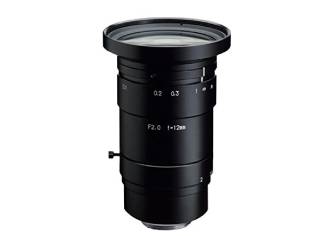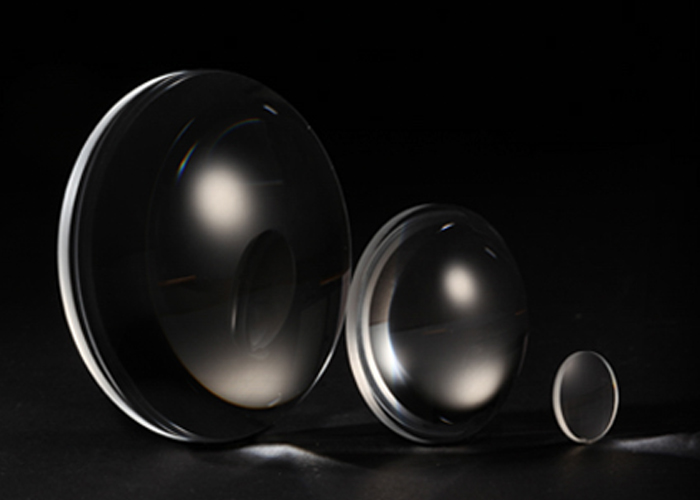The optical components of a microscope include objective lens, eyepiece, condenser lens and lighting device. Each optical component directly determines and affects the quality of optical performance. Microscope objective supplier will give you the following information:
objective
Objective lens is the most important optical component of the microscope. It makes the first image of the object under examination by using light. Therefore, the quality of the image and various optical technical parameters are directly related to and affected by it. The international inspection standard of objective lens is based on Zeiss objective lens. The objective lens is complex in structure and precise in production. Due to the correction of aberration, the metal objective lens barrel is composed of lens groups separated by a certain distance and fixed.Objective lens has many specific requirements, such as closed axis, focus.Focusing is not only in the microscopic examination, when the image is clearly observed with a multiplier objective lens, but also in the conversion of another multiplier objective lens, the image should be basically clear, and the image center deviation should be within a certain range, that is, the degree of axis. The advantages and disadvantages of focusing performance and the degree of axis are important signs of microscope quality, which are related to the quality of the objective lens and the accuracy of the objective lens converter.
There are many kinds of traditional microscope objective, which can be classified from different angles.
According to the degree of chromatic aberration correction of the objective lens position, the classification can be divided into:
1. Achromatic objective: this is a common objective with the word Ach on the outside. This type of objective lens can only correct the chromatic aberration (red, blue) and spherical aberration (yellow and green) of the position of the points on the axis and eliminate the near-axis point aberration.Cannot correct the color difference and spherical difference of other colors, and the field curve is large. The first achromatic objective lens was made by Zeiss.
2. Apochromatic objective lens (Apochromatic objective) : Apochromatic objective lens of the complex structure, adopts the special material such as glass or fluorite lens, lens on the shell of marked "Apo", this kind of lens can not only correction of red, green, blue three colored light color, and correction of red, blue color of the ball. Due to the perfect correction of various aberrations, the achromatic objective lens has a larger numerical aperture than the response rate, which not only has higher resolution, better image quality, but also has a higher effective magnification. Therefore, apochromatic objective lens of high performance, suitable for the advanced research microscopy and micrography. Perfect apochromatic objective lens made by Zeiss. 2004 Zeiss launched research level ICCS lens is in a traditional flat field apochromatic objective on the basis of further correction ratio and strain free color, enhance the short wavelengths transmittance, and enhanced contrast, obviously increase the resolution.
3. Half an apochromatic objective lens (Semi apochromatic objedtive) : half apochromatic objective lens is also called the fluorspar objective, marked "FL" on the shell of object lens, lens on structure than the number of achromatic lens, less than the apochromatic lens, image quality, than the achromatic lens for good, close to the apochromatic objective lens. The flat field objective lens is to add a thick lens with a fast half moon shape in the lens system of the objective lens to correct the defect of the field curvature. The flat field of view of the objective lens is flat, which is more suitable for microscopic examination and microphotography.

Microscope Objective
4. Special objective lens: the so-called "special objective lens" is on the basis of the objective lens, specially designed to achieve some specific observation effects. There are mainly the following:
(1) Correction collar objective:
A ring-mounted adjusting ring is installed in the middle of the objective lens. When the adjusting ring is rotated, the distance between the lens groups in the objective lens can be adjusted to correct the coverage difference caused by the non-standard thickness of the cover glass. The scale on the adjustment ring can be from 0.11 -- 0.23, which is also marked on the shell of the objective lens, indicating the error of the cover slide from 0.11 -- 0.23mm thickness.
(2) with the colourful rainbow aperture lens (Iris diaphragm objective) :
In the upper portion of the lens inside the tube is equipped with the colourful rainbow aperture, foreign also can adjust the ring spinning, turns the adjustable diaphragm aperture size, the objective of this structure is advanced immersion lens, its role is in the dark field microscopy, often due to some reason and make the lighting light into the lens, make field background is not dark, cause a drop in the quality of microscopy. At this time, the size of the aperture is adjusted to make the background darker, so that the object under inspection is brighter, and the inspection effect is enhanced.
(3) Phase contrast objective:
This objective lens is a special objective lens for phase contrast microscopy, which is characterized by a phase plate at the rear focal plane of the objective lens.
(4) No cover objective: for some objects to be examined, such as smear film, cover glass cannot be used on them. In this way, the objective lens without cover should be used in the microscopic examination, otherwise the image quality will decline significantly, especially at high power microscopic examination.The shell of this objective lens is usually engraved with NC, and there is no word of 0.17 on the thickness of the cover glass, but marked with "0".
(5) long working distance objective lens: the focal length of this objective lens is greater than that of the ordinary objective lens. It is designed to meet the requirements of microscopic examination of liquid materials (high-temperature metallography), liquid crystal, tissue culture, suspension and other materials.













